The Ridley Family
The estate was acquired by the Ridley family who enlarged the quays and started manufacturing salt on a large scale.
Blyth Tall Ship is a life changing ‘Gangway To The Sea’, that brings hope and aspiration to Blyth and the surrounding region, through skills training and individual engagement, supported by a family of volunteers and trusted collaborative partnerships.
We are inspired by Captain William Smith’s discovery of the Antarctic landmass from Blyth in 1819, on the Brig Williams and live this out through:
A maritime cultural centre, linking the Town to the Port, that includes a volunteer port archive, a Gansey knitting co-operative, museums, events, schools curriculum engagement, skills learning and well-being activities.
A unique heritage boatyard, training people for work, further education or to improve well-being, from taster experiences in wood working through to NVQ Level 3 in Marine Engineering and specialist shipwright skills.
A 100 year old Tall Ship and other traditional vessels, sailing for short experiences, corporate team building and extended expeditions, enabling people to improve their skills, confidence and resilience.
As a person-centred learning community, we are passionate about engaging with our shared maritime heritage because it improves well-being, resilience and pride in place, to transform our future.
200 years ago, Captain William Smith, raised the funds to build a state of the art sailing vessel in Blyth and embarked on a voyage to trade around the world. Having been pirated by the Spanish in 1818 he tried to recoup his losses by taking cargo around Cape Horn (the most treacherous seas in the world) and was met by westerly gales. During a desperate attempt to sail around the storms, he discovered the first land in Antarctica, now called the Southern Shetland Islands. Sadly, he was never recognised for his discovery and died a pauper. We are putting him back in his rightful place in history through Williams Expedition voyages and boat building endeavours.
While today Blyth is a growing offshore renewable energy and engineering hub it is still suffering from 3rd generation unemployment after the collapse of the coal and ship building industries. Many young people are struggling to identify with their future and aspire to the opportunities that are developing in the port due to an education and skills gap. There is also a legacy of loneliness and well-being issues as a result of past economic isolation.
Blyth Tall Ship is a charity that has developed and is innovating, unique new ways of making a difference to these issues.
Back in 2009 an innovative experiment was conducted by the extended services team from Northumberland County Council working with young people identified as likely to become 'NEET' (not in employment, education or training) to see if working on a project to build a small traditional sailing boat could impact the potential for continuing in education. It was a great success and we have extended this innovative and inspirational approach, working with hands on traditional skills, boats and experienced craftsmen to engage a wider audience from 12 to 80 year olds through a variety off age appropriate inspirational experiences. These include 1-day curriculum benchmarked schools experiences, Sailing skills and foundation learning in engineering skills at NVQ levels 1 to 3, through the medium of heritage boat building, as an inspiration for change.
Our ship has become a regular flagship of the offshore industry in the area and we are working with Northumberland County Council on its strategy for improving well-being and addressing the loneliness and isolation issue in the region.
We are already supplying newly trained young people as apprentices or in to full time jobs in the local engineering and offshore sector with over 50% gaining employment and 40% taking on further learning and are working on a range of initiatives to address well-being needs through activities such as Gansey knitting, Archiving, Volunteering and short courses in shipwright and woodworking skills, as all as sailing.
So, by combining the heritage experience of reliving Captain William Smith's adventures and working with the growing businesses and the community in Blyth, we hope to see both the community and the unsung hero find new and exciting futures.
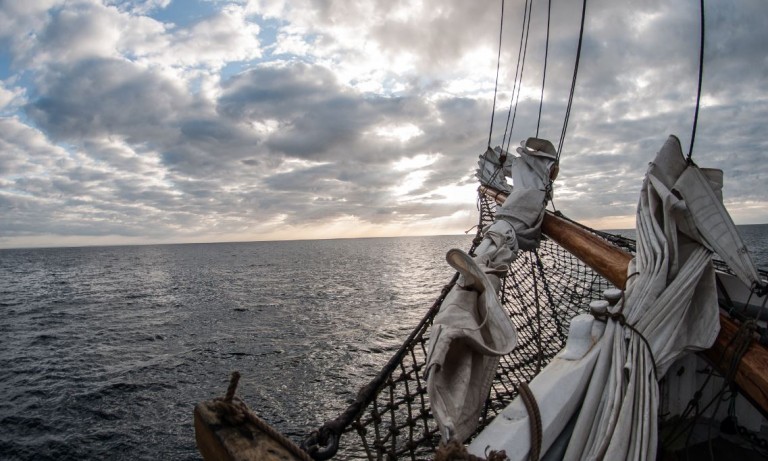
There is a huge renewed interest in our local maritime culture across the UK. In Blyth, North East of England we are supporting people to learn traditional boat building and shipwright skills. Blyth has been a busy port for many hundreds of years and boats that were built here traded across the world’s oceans. Indeed, a boat from Blyth discovered Antarctica. We want to continue that tradition and encourage a whole new generation into traditional boat building.
We offer a free Level 1 NVQ course in our heritage boat yard, paid 6-month traineeships to level 2 NVQ and the opportunity to work up to level 3 NVQ. We welcome anyone who would like to visit us and learn more. This can be a springboard into whole new area of personal or career development.
Please call 07396 813990 to arrange a visit and we look forward to showing you the ropes.
The estate was acquired by the Ridley family who enlarged the quays and started manufacturing salt on a large scale.
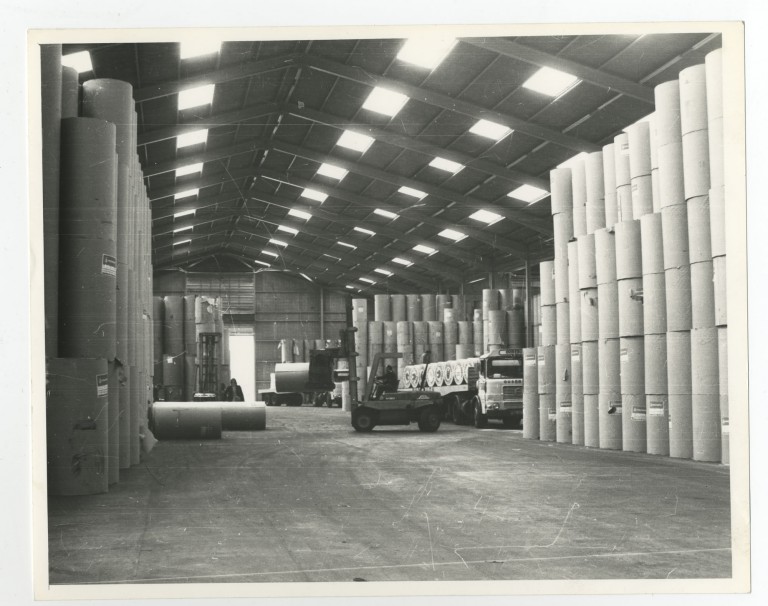
Customs books from 1723 record trade consisting of solely coal and salt.
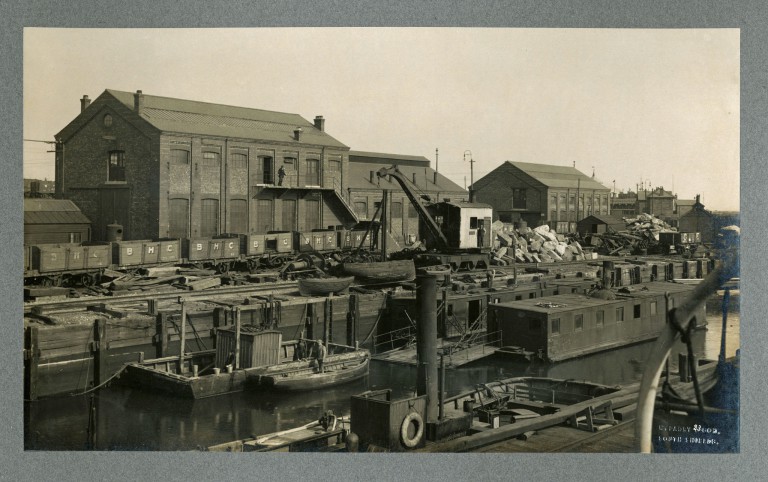
Earliest record of a ship being built at Blyth. The vessel was the 44 ton sloop 'Constant Ann'.
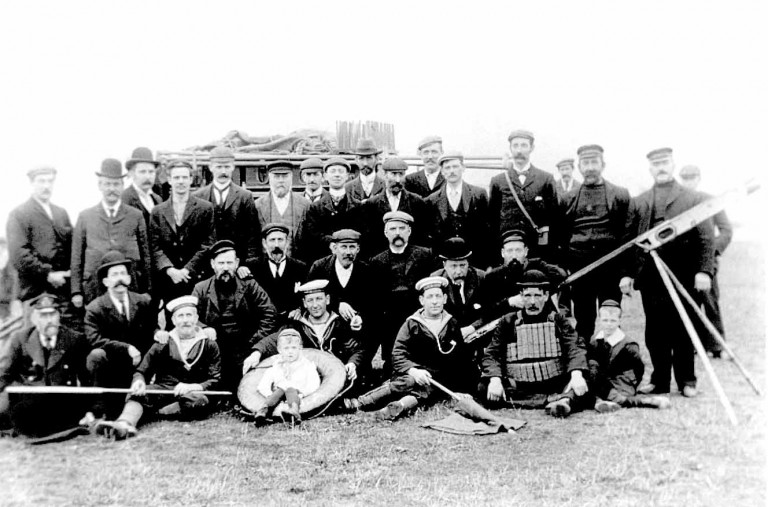
The first breakwater was established which was a roughly built stone structure intended to break the force of the sea in an easterly gale. It was known as North Dyke.
The first staiths were built with an elevated loading point. High Lighthouse was also built which served untill 1984.
A poem is printed entitled 'A tribute to the Memory of Captain George Robinson'.
An increasing number of vessels were using the river. This led to the purchase of a steam vessel to tow sail vessels back to the sea.
Shipbuilding continues with three shipyards operating. The site became known as Wimbourne Quay.
Blyth's first lifeboat is established.
Blyth & Tyne Railway Company built the first rail linked staith on teh south side of the river resulting in coal shipments growing rapidly over the next few years to around 200,000 tons per annum.
The first chain ferry, known as Low Ferry, started operating. This ran for 23 years.
"As trade continued to develop, growth clearly had to be managed. In 1854 the Blyth Harbour and Dock company was formed, given powers to develop the port and to levy dues and charges."
The Harbour Act was passed allowing the dredging of the Harbour to really begin.
Further improvements to the harbour were carried out.
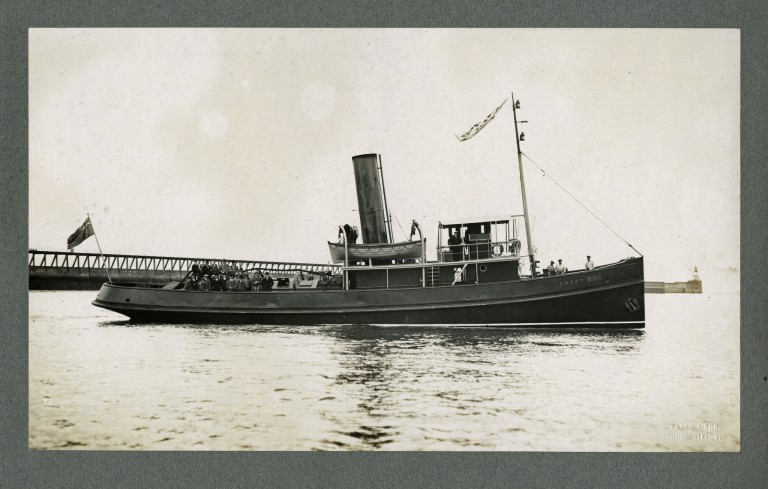
The first two iron ships, known as hoppers, were built for the Russian Government by Messrs Hodgson & Soulsby at Cowpen Square. Launch dates were 22nd & 27th April.
Swipe left and right